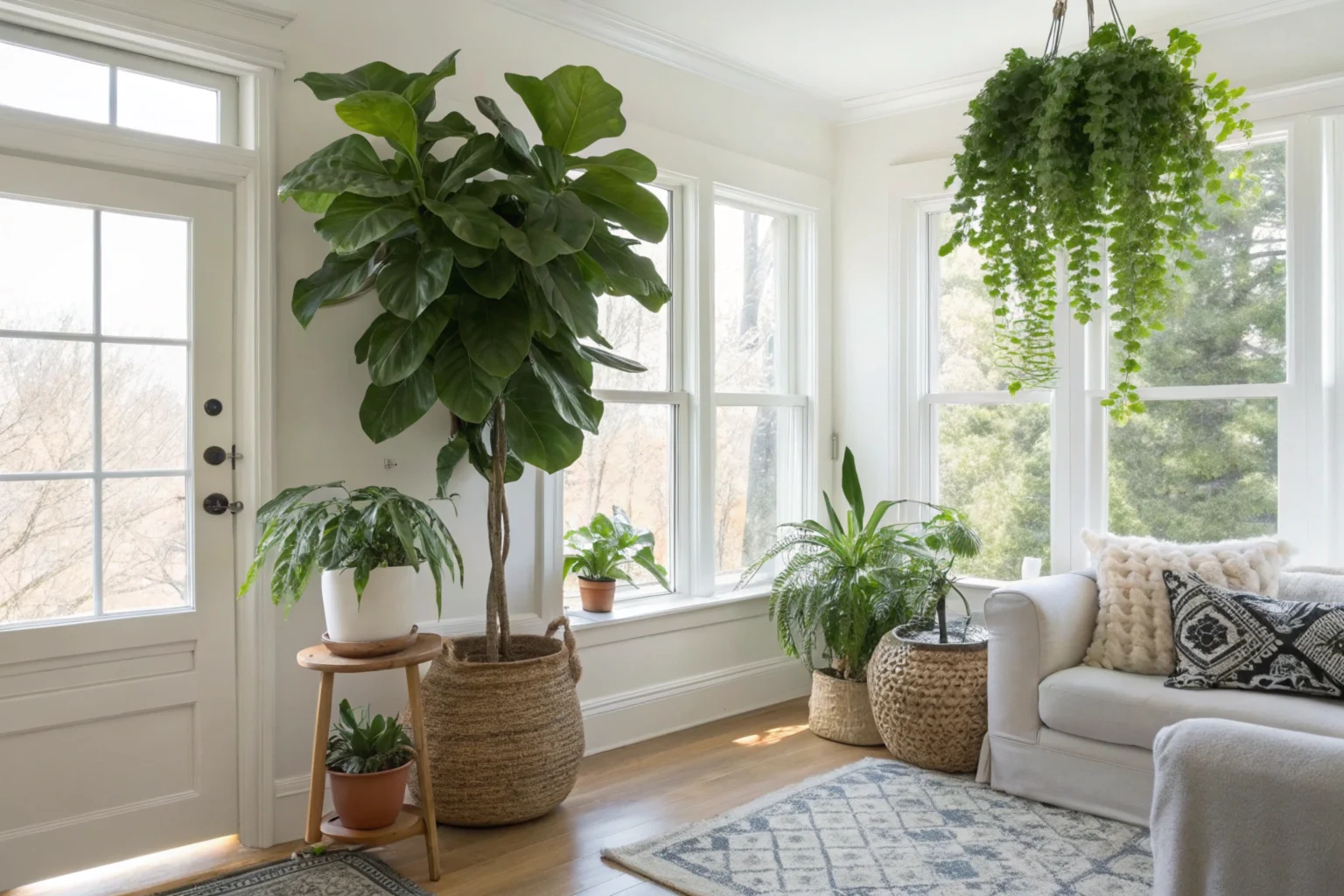Bringing the beauty of nature inside your home isn't just about picking out a pretty plant—it's about creating a nurturing environment where your green friends can truly flourish.
Whether you're a seasoned plant parent or a complete beginner, mastering indoor plant maintenance is an art that can transform your living space into a vibrant, life-filled sanctuary.
Understanding the Basics of Indoor Plant Care
Indoor plants are more than just decorative elements—they're living organisms that require specific care and attention. According to a 2022 study by the National Gardening Association, over 67% of households now own at least one houseplant, highlighting the growing passion for indoor gardening.
Essential Factors in Indoor Plant Maintenance
Your indoor plants depend on several critical factors for survival:
- Light Exposure: Each plant has unique light requirements
- Watering Techniques: Preventing both overwatering and underwatering
- Humidity and Temperature Control
- Soil and Nutrition Management
- Regular Monitoring and Cleaning
Mastering Watering Techniques for Indoor Plants
Water is the lifeblood of your plants, but it's also the most common area where plant parents make mistakes. Overwatering is responsible for approximately 90% of houseplant deaths, according to plant pathology experts.
How to Water Correctly
- Check Soil Moisture: Always test the top inch of soil before watering
- Use Room Temperature Water
- Ensure Proper Drainage
- Adjust Watering Based on Season
Signs of Improper Watering
Overwatering Indicators:
- Yellowing leaves
- Soft, mushy stems
- Fungus gnats around the plant
- Soil that remains constantly wet
Underwatering Indicators:
- Crisp, brown leaf edges
- Drooping or wilting
- Dry, compacted soil
- Slow growth
Light Management: The Lifeline of Indoor Plants
Different plants have dramatically different light requirements. A study from the Royal Horticultural Society reveals that proper light placement can increase plant survival rates by up to 75%.
Light Placement Strategies
- Low Light Plants: Snake plants, ZZ plants, pothos
- Medium Light Plants: Spider plants, philodendrons
- Bright Light Plants: Succulents, fiddle leaf figs
Nutrition and Soil Health
Your indoor plants need more than just water and light. Proper nutrition is crucial for their long-term health.
Fertilization Tips
- Use Balanced, Water-Soluble Fertilizers
- Follow Seasonal Fertilization Schedules
- Avoid Over-Fertilization
Pest Prevention and Plant Hygiene
Regular maintenance helps prevent pest infestations and keeps your plants healthy.
Pest Prevention Techniques
- Inspect Plants Regularly
- Isolate New Plants
- Use Neem Oil for Natural Pest Control
- Keep Leaves Clean and Dust-Free
Seasonal Care and Adaptation
Plants, like humans, respond to seasonal changes. Your maintenance routine should adapt accordingly.
Seasonal Maintenance Checklist
Winter:
- Reduce watering frequency
- Move plants away from cold drafts
- Increase humidity
Summer:
- Increase watering
- Provide shade during intense heat
- Watch for increased pest activity
Troubleshooting Common Plant Problems
Identifying and Solving Plant Stress
- Yellowing leaves
- Brown leaf tips
- Stunted growth
- Leaf drop
Each symptom has a specific cause and solution, requiring careful observation and targeted intervention.
Conclusion: Nurturing Your Indoor Plant Ecosystem
Indoor plant maintenance is a journey of learning, patience, and connection with nature. By understanding your plants' unique needs and providing consistent, thoughtful care, you'll create a thriving indoor garden that brings life, color, and tranquility to your home.
Start your indoor plant maintenance journey today! Choose one plant, learn its specific needs, and watch it transform your living space.
